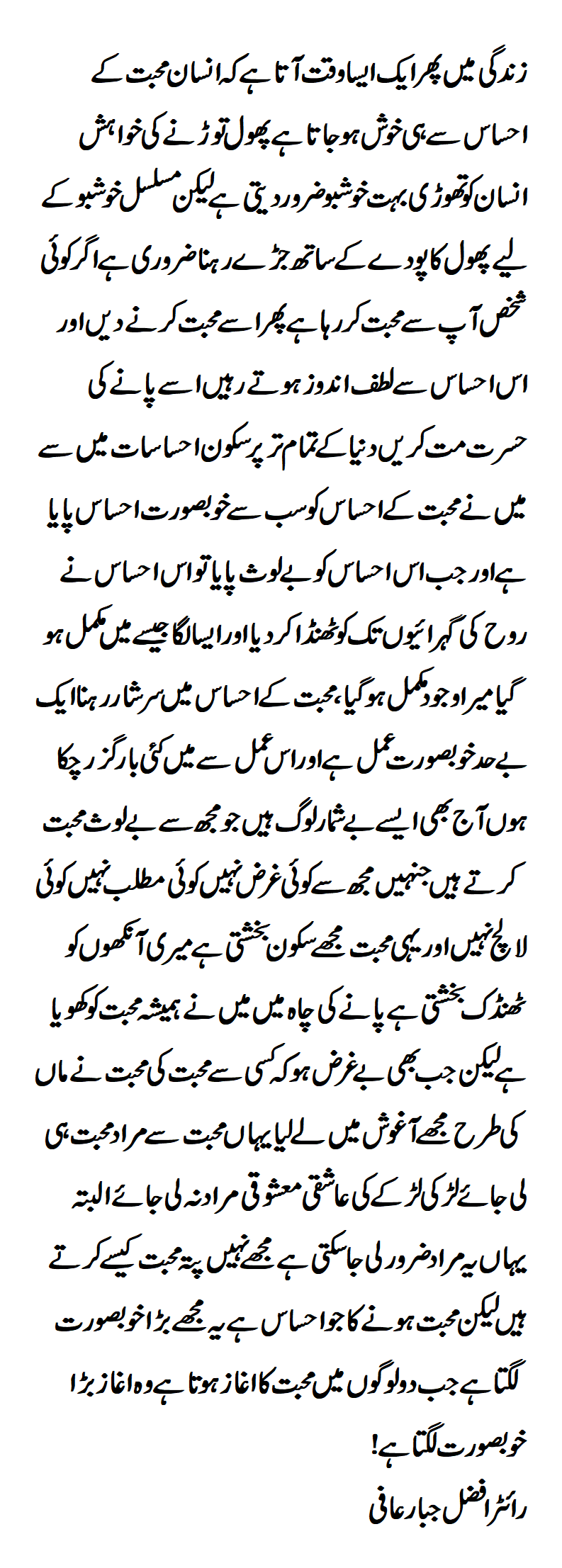Romantic love is a key goal for many people. Whether you’ve been in love before or have yet to fall in love for the first time, you might think of this love as the pinnacle of romantic experiences — perhaps even the pinnacle of life experiences.
But over time, you might find yourself thinking “I love them” instead of “I’m in love with them.” Loving someone instead of feeling “in love” with them simply illustrates how feelings of love evolve over the course of a relationship, especially a long-term relationship.
What it’s like to be in love
Being in love generally refers to those intense feelings that take over at the start of a relationship.
These include:
- infatuation
- happiness
- excitement and nervousness
- sexual attraction and lust
Here’s what these feelings might look like in action.
You feel charged and euphoric around them
It may not seem like it, but being in love is a somewhat scientific process. Falling in love involves a lot of hormones, which can supercharge your feelings and make them wildly fluctuate.
When you’re around the person you love, increases in dopamine and norepinephrine lead to feelings of:
- pleasure
- giddiness
- nervous excitement
- euphoria
Decreases in serotonin can fuel feelings of infatuation.
Sex hormones, such as testosterone and estrogen, also play a part by boosting libido and leading to feelings of lust.
Other key hormones, such as oxytocin and vasopressin, help cement your attraction by promoting trust, empathy, and other factors of long-term attachment.
